"February 2, the dragon looked up", meaning "the spring back to the earth, the recovery of everything, the year of Fury's auspicious start", while at the same time "heads up" there are the prices of home appliances. Recently, a wave of "price surges" swept the entire home appliance market, and also hit a lot of consumers who are holding money to buy a "unprepared", and this among them is the most obvious increase in the price of color TV products.
The home appliance industry has started to rise in price surges since last winter. Whether it is Xiaomi, LeTV, or the traditional home appliance company Hisense, Skyworth, and even air-conditioning, kitchen utensils, etc., have raised prices.
In November 2016, Internet TV maker LeTV raised 100 yuan for each of its 40-inch, 50-inch, and 55-inch Super TV models, and each of the 65-inch models was raised by 300 yuan. On February 27 this year, LeTV also announced the price adjustment announcement for some models of Super TV, and raised the price again. The same increase in the price of Internet TV manufacturers and Xiaomi, three price adjustments since 2017, its 48-inch TV price increase even reached 30%.
The rise of traditional TV manufacturers is not small. Taking 50-inch smart TV as an example, Jingdong Mall data shows that the price of Hisense series has risen from 2599-3299 yuan to 2999-3499 yuan; the price of Skyworth series has risen from 2589-3299 yuan to 2589-3599 yuan. Hisense told: "The whole industry basically adjusted the price in October last year." The adjustment range varies according to the channel and product sales.
Why does the home appliance industry collectively raise the priceIn addition to television, air-conditioning prices have also risen. In December 2016, Midea Air Conditioning, Chigo Air Conditioning and Hitachi Air Conditioning issued price increase notices. The retail prices of channel terminals, chain stores and e-commerce platforms were raised by 50 yuan to 200 yuan. Gree air conditioners, which have always claimed to not raise prices, have increased their prices to dealers last winter.
Even kitchen appliance manufacturers have joined this wave of price increases. According to a market researcher, Yitian Group mainly produces kitchen utensils and small motors, and OEMs for Aupu, Huadian, Gree and overseas kitchen brands. In the May and December 2016, the Yitian Group raised the channel price twice, and the compound price increase reached 15%.
Yikang data from market research institutes show that the price increase since last winter almost covered all household appliances, and the cumulative retail prices under the line increased by about 5%-10% year-on-year. The prices of online high-end products also increased.
According to the GF Securities report, in each sub-sector, the price of high-end products and low-end products rose at a higher rate, while the increase in mid-range products was limited. The reason is that high-end products are more in line with the trend of consumption upgrades, and are favored by consumers; while the prices of low-end products are lower and the cost pressure is the highest.
Practitioners and analysts believe that the primary reason for the price increase of household appliances is the rising cost of raw materials. Compared with the first quarter of 2016, copper prices rose by 25.35% last week, aluminum prices rose by 20.06%, cold rolled coils rose by 63.54%, and plastics rose by 26.49%. Even this year, the price of copper and aluminum has risen by about 10%.
Specific to TV, the rise in panel prices, which account for 60% or 70% of TV costs, has put pressure on many downstream TV manufacturers. According to market research firm DisplaySearch and Witsview, the current latest quotations for TV panels ranged from 20% to 60%, with 40-inch, 43-inch and 48-inch TV panel quotations all rising by around 60%.
An analyst who has long observed electronic components said that domestic TVs still use LCD panels as the mainstream, but major international panel makers LG and Samsung are undergoing industrial upgrades, production lines are changing to OLED panels, and LCD panel production is being cut, resulting in tight supply chains. .
“At present, from the perspective of overall market demand, the demand for large-screen TVs above 55 inches is growing rapidly, but there is a time lag between the market demand and the upstream producers. Although companies are now adding large-screen panel production lines, But it still takes time from the real mass production." Hisense said.
The above analysts believe that the previous panel price has fallen to the reserve price, and the panel price retaliated rebounded due to insufficient supply and demand. Coupled with the recent tense political climate between China and South Korea, the situation of the panel in short supply may continue. Zhong Yikang judged that the tight supply of panel industry in 2016 will lead to the increase of panel prices until at least the first half of 2017.
In addition, freight and labor costs are also rising. The person in charge of the small household appliance manufacturer said that the cost pressure of freight and manpower is equivalent to the pressure of rising raw material prices, and the overall cost has increased by 5% to 10%.
Under the pressure of cost, consumption upgrades, home appliance companies still hope to enhance the brand, improve quality, such as using better panels, updated technology, is also one of the reasons for this round of price increases.
Many home appliance industry analysts have said that with the upgrade of consumption, consumers are more and more able to accept higher-priced, better quality products. According to the report of the CCID Research Institute on February 28, the penetration rate of home grid purchases in 2016 was close to 20%, and among users of online shopping appliances, the number of users sensitive to promotion decreased by 40%. In other words, more and more consumers are paying more attention to product quality and service, and do not pursue excessively low prices.
Midea, Haier and other first-line home appliance brands have raised prices on high-end product lines. “From the feedback of consumers, the price increase is transmitted to the consumer side, and consumers are still acceptable. Compared with the price, there are more Consumers pay more attention to the use and quality of products," said the US side.
The GF Securities Research Institute said that the rising trend of raw material prices may be difficult to change in the short term. A home appliance industry securities analyst said that from the data point of view, the domestic industrial producers' factory price (PPI) exceeds the increase in the consumer price index (CPI), and the price increase from the production end to the consumer end is an inevitable trend.
It is worth mentioning that the general increase in household appliances has caused regulatory attention. The Price Reform and Inspection and Anti-Monopoly Bureau of the National Development and Reform Commission held a reminder meeting on the price regulation policy of the household appliance industry on January 9. It talked about the main domestic air conditioners, refrigerators, color TVs, washing machines, small household appliance manufacturers and the main e-commerce platform leaders. The person in charge of the Price Supervision Bureau of the National Development and Reform Commission warned that enterprises should not collude with each other in horizontal monopoly and must not raise prices.
The price of color TVs is “looking upâ€. Who is good for the price increase?Price increase due to upstream pressure + corporate will
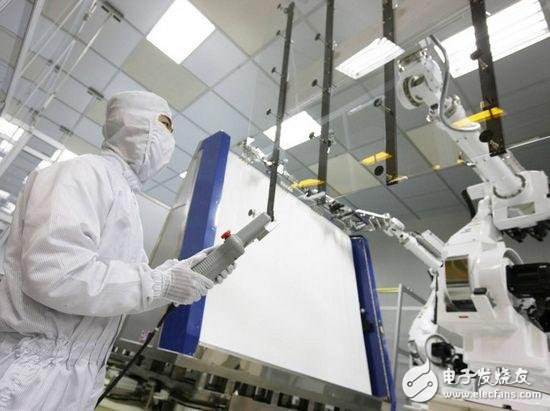
In fact, this wave of price increases for color TVs has been brewing since the second half of last year, and some Internet brands have even adjusted prices for some of their products. For example, LeTV raised the price of each of its 40-inch, 43-inch, 50-inch, and 55-inch models by 100 yuan in November last year, and the price of each of the 65-inch models was increased by 300 yuan. However, after the Spring Festival, more color TV manufacturers have joined the price increase team, including Xiaomi, who claims to never raise prices, and TCL, a traditional color TV company.
As the saying goes, "If a wolf looks back, there must be a reason." In addition to the increase in logistics and labor costs, the most fundamental "reason" is the sharp rise in the price of the upstream panel.
Liu Buchen, a senior home appliance analyst, analyzed the reasons for the rise in panel prices. He said: "First of all, LCD panel prices are cyclical, and in the last two years, they are just at this price increase node. Second, due to global Samsung and LG, major suppliers of LCD panels, upgraded and discontinued some of their production lines, which eventually led to a phased supply shortage of LCD panels. In addition, the advance orders of the panel giants for the products also caused insufficient liquid crystal panel market.
"As we all know, the profit of the color TV industry is currently at the bottom of the entire home appliance industry. The average profit of 22% is far from the average profit of 35%-40% of air-conditioning products, so the color TV industry has the strongest price increase intention." Wei Yunlong, senior research manager of the industry chain of Weiyun.com, said to the author: "The panel price increase of 50%-60% of the whole machine cost can be described as 'leaving the whole body', but at the same time, it is also the industry of the whole color TV company. Providing a sufficient reason for the price increase, and thus satisfying the willingness of color TV manufacturers to increase their prices, the price fluctuation of color TVs is naturally 'a touch of the moment'."
Average price increase accelerates product update iteration
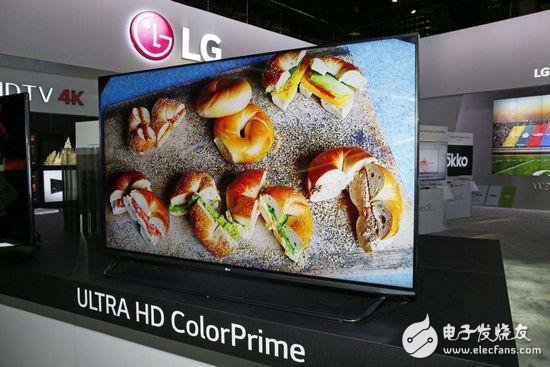
Since the Internet brands have entered the color TV industry, it is like a calming lake of color TV industry immediately set off "waves", "price war" has become the "main theme" of competition among enterprises, "Libby paper thin" has become the new normal of the industry . However, at a time when the cost pressure is huge, the method of relying on the "price war" to occupy the market has become more and more unreasonable, and it has forced the manufacturers to focus on the "value war". The industry may take the opportunity to usher in a new round of industrial upgrading.
Since 2017, the price of small-sized panels that have been rising since the beginning has stabilized, while the price of large-size panels has increased with the increase in demand. The outbreak of large-size panel prices also proves that the demand for large-size panels in 2017 is strong, and manufacturers are shifting their production focus to large-size high-end products, hoping to gain more profit margins because there is almost no profit. Small-size products, large-size high-end TVs are the core of the profit of color TV companies.
In addition to promoting the further development of products to the high-end of the big screen, the "price surge" is also expected to drive the market penetration of new display technologies. "The price of LCD panels continues to grow, and the price of OLED TVs is getting closer to the people. In fact, the price difference between the two products is gradually shrinking," Liu Buchen said to the author: "Companies that pursue profit-seeking will look to higher prices. With the introduction of new display technology products, quantum dots and OLED TVs will be highly regarded by more companies, which will promote the popularity and development of products of the next era."
Dong Min, general manager of Aowei Cloud's intelligent display and digital entertainment business group, also believes that the rise in color TV prices has more advantages than the disadvantages of the industry. He said: "The rise in the price of color TVs is conducive to the operation of the entire industry, while avoiding the profits of enterprises. The vicious circle of low-price competition has made companies focus more on products and users themselves."
When the price is difficult to fall back, the shot will be shot.
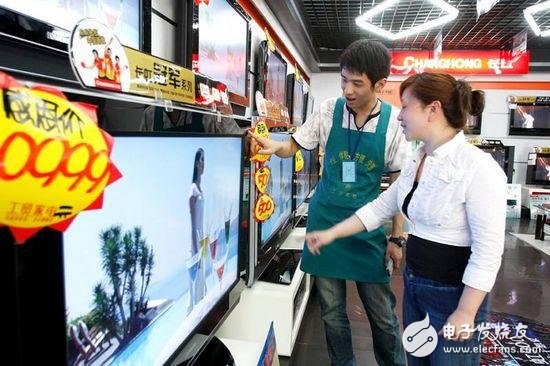
At present, the most concerned about home appliance companies is how to control the cost of each link and improve the profit of the products. For consumers, it is imperative to choose the most cost-effective time to buy color TV. In response to this question, the experts almost gave the same conclusion, that is, "the sooner the better."
“Because the price of the upstream panel continues to rise, due to the cost and the strong willingness of the company to raise the price, the price of the color TV will be lower in the first half of 2017.†However, Cui Jilong also pointed out: “The second half of the color TV The overall price and LCD panel prices are likely to fall, which will be determined by the sales volume of color TVs in the first half of the year. In the long run, consumers are advised to purchase as early as possible."
Liu Buchen also holds the same view. He said that from the consumer's point of view, the sooner the color TV is bought, the better, or choose an activity node like “May 1st†and “6•18â€. Some preferential activities, but from the overall forecast of the whole year, the price of color TVs will only get higher and higher with time.
Conclusion: In summary, it can be seen that the price of color TV is not affected by a certain factor, but the result of the joint efforts of all the upstream and downstream industrial chains. The “price surge†can be said to have occupied “the weather, the location and the peopleâ€. At the same time, this wave of “price surge†is expected to drive the overall upgrade of color TV products, accelerate the elimination of brands without core competitiveness, and promote the healthy development of the industry. Therefore, in the long run, the price increase will play a certain role in promoting the development of the industry and the purification industry.
Domestic chip estimates really depend on the home appliance industry to take offA few days ago, Xiaomi finally released the self-developed chip pine cone processor, becoming the second domestic mobile phone manufacturer with self-developed processor after Huawei. Therefore, the "dummy chip" is difficult to hide, and it has to be pushed to the attention of netizens. From time to time, I can see from time to time that the domestic chip has made much progress, but I have never seen the actual result...
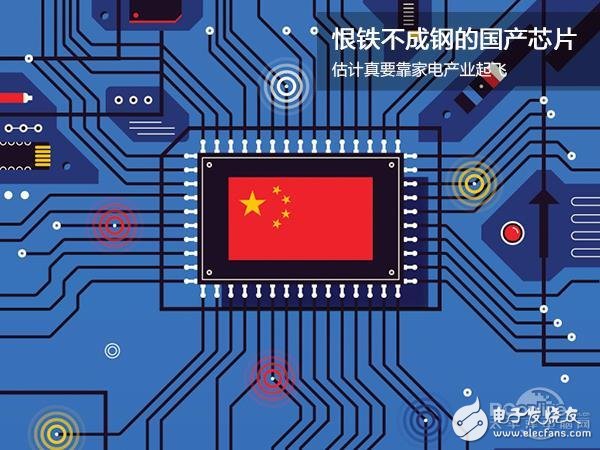
In the field of smart phones, at least Huawei HiSilicon and the current pine nuts can hold their faces, and on the PC side and the server side, they have almost been "unknown." Of course, it will not be naive to hope that domestic chips can eat an elephant at a time, always step by step. It is just that smart home appliances that are booming today may bring new opportunities to domestic chips.
In January 2017, the US President’s Science and Technology Advisory Committee (PCAST) released a report titled “Ensuring Leadership in US Semiconductorsâ€. The rise of China’s semiconductor industry and growing overseas mergers and acquisitions pose a threat to US companies and national security. The US government imposes restrictions on Chinese related industries.
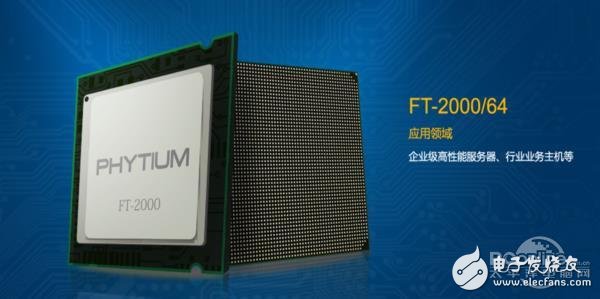
Guangzhou Feiteng codename "Mars" chip
The domestic chip industry must continue and must achieve results. Otherwise, many industries, especially those involving important secrets, will be subject to many restrictions and risks. The dispute between Meizu and Qualcomm last year is a living example. In 2016, Guangzhou Feiteng Company announced on its official website that the domestic chip Feiteng 2000, code-named "Mars", basically tied the current server chip market dominated Intel's E5 mainstream server chip.
Unfortunately, the actual performance of the finished chip and the application is still not seen...
In fact, this is the current problem of domestic chips, including the "Godson" that most people know, and they have always heard of their names. It seems that domestic chips seem to have existed in the research institutes, and market development is very important if they can really find the shortcomings and make corresponding improvement measures.

Huawei P10 Plus with Kirin 960
Obviously, from the current situation, Qualcomm is the only one in the field of smart phones. HiSili is also using Huawei at home, and MediaTek basically can't escape the fate of the low-end; PC is even worse, except Intel and AMD. It is estimated that most people will not think of other brands. Therefore, these domestic chips do not go to participate. At present, the most potential is the smart home appliances.
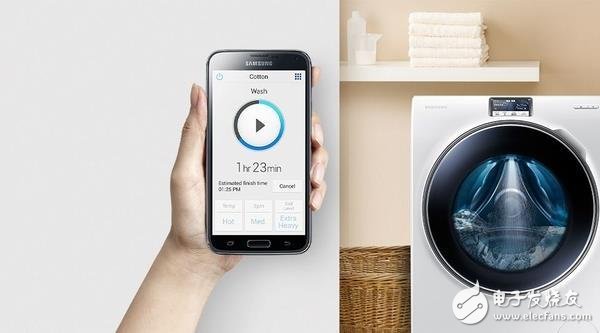
With the deepening of the concept of smart home, TV, refrigerator, washing machine and other common household appliances almost all move toward the direction of intelligence. On smart TVs, domestic chips including Hess have gradually been partially applied, and even Qualcomm has such an attempt. Today, China has become the world's largest home appliance manufacturing country, and household appliances such as air conditioners and refrigerators account for half of the world's total output. Under the trend of smart home appliances, each home appliance product will need to use multiple chips.
At least for now, the chip providers in home appliances are still not clear, and there are no certain giant companies with relevant layouts. At the same time, the performance of the home appliance is not as harsh as the performance of the computer, not the focus of consumers, as long as the relevant functions can be achieved, which is the best opportunity for domestic chips.
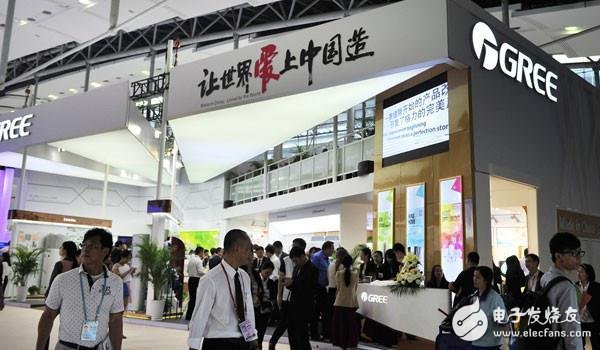
China is the world's number one home appliance manufacturing country
China, the world's largest home appliance manufacturer, naturally has a certain say in the choice of raw materials. If the country can introduce some policies, encourage home appliance manufacturers to adopt domestic chips to achieve a win-win situation between the two parties. This will provide a good market environment for domestic chips, and will continue to improve and improve in practice, which is much faster than growing in the institute.
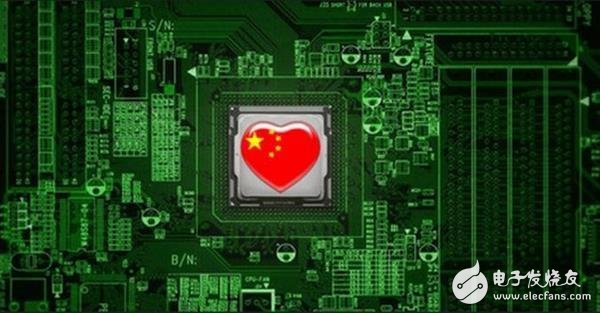
Finally, the chip industry is a high-tech industry after all, and it requires a lot of capital investment. It is really not a matter of time to develop. What's more, nowadays there are pressures from major giants to occupy the market. Domestic chips are still in a state of paralysis. Apart from major military fields, they rarely involve other fields. It's easy to be a keyboard man, but it's hard to know who you really want to achieve. I only hope that the development of smart home appliances can really bring some new vitality to the development of domestic chips...
The utility model relates to a medical atomization treatment and humidifying device belonging to the technical field of medical equipment and household appliances.
Professional Medical Atomization manufacturer is located in China, including Medical Vape,Dose Control Vape Pen,Supersonic Wave Vape, etc.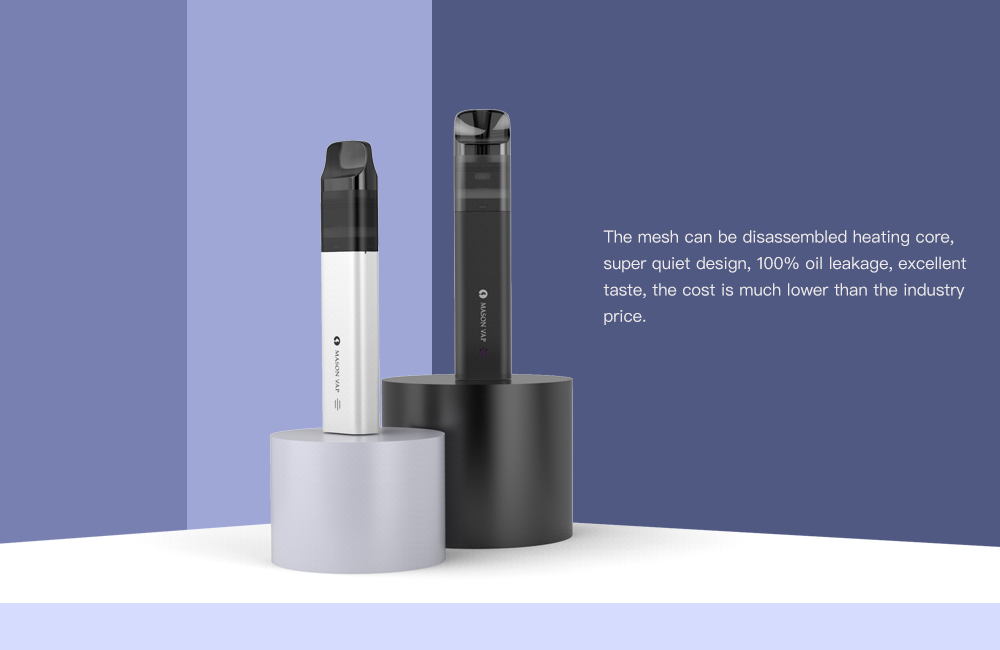
Medical Atomization,Medical Vape,Dose Control Vape Pen,Supersonic Wave Vape
Shenzhen MASON VAP Technology Co., Ltd. , https://www.cbdvapefactory.com
